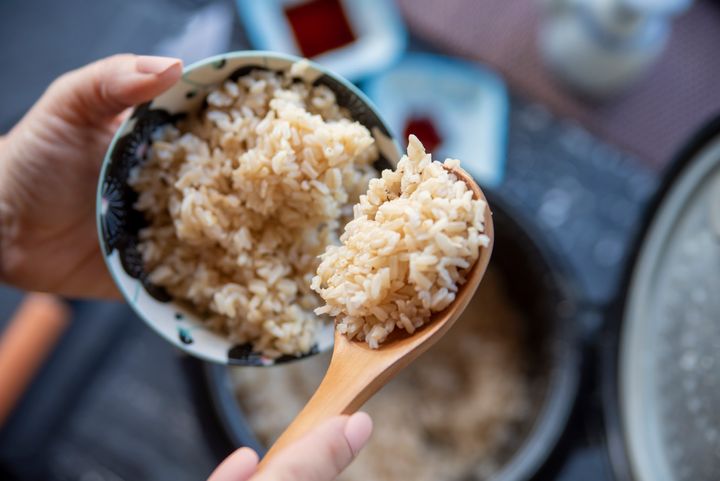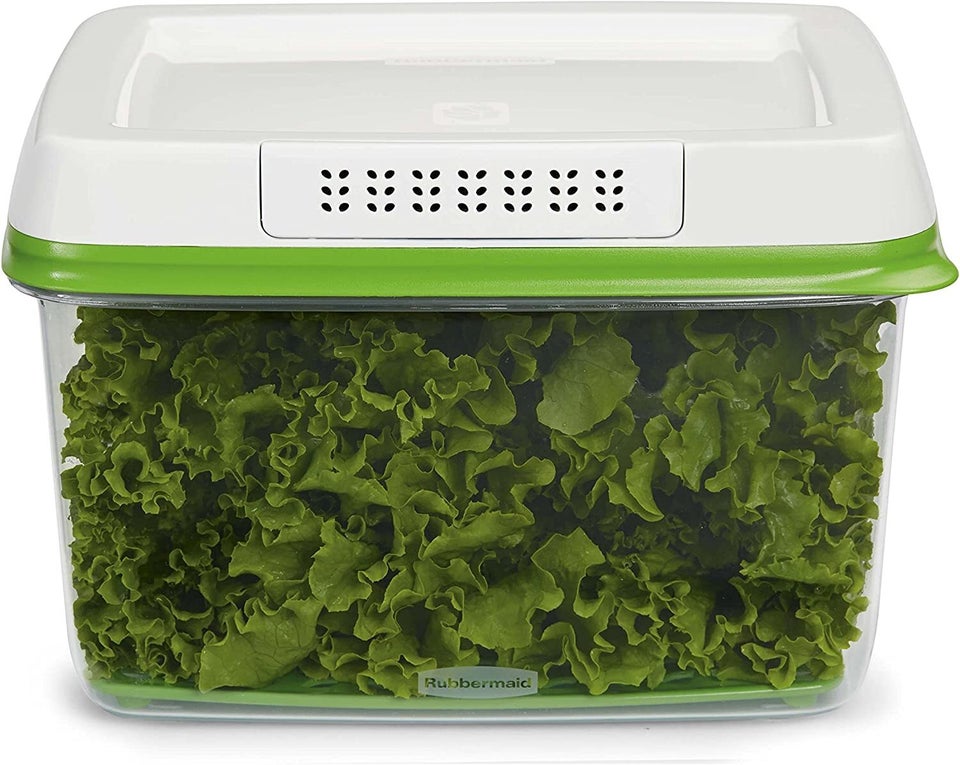Once again, TikTok has spurred intense conversations relating to food safety.
In recent weeks, a 2008 news story resurfaced on the social media platform, terrifying users about the dangers of eating reheated leftover starches, particularly rice and pasta. On TikTok, it’s referred to as “fried rice syndrome.”
Originally published in the Journal of Clinical Microbiology, the story focused on the death of a Brussels-based student following his consumption of a plate of meal-prepped spaghetti that he supposedly cooked Sunday, left out, and five days later reheated and ate it.
So that may get you wondering: How long can food be left out and eaten again? Is it safer to eat leftovers out of a fridge? What, exactly, did the late student actually consume?
We asked all of that and more to food safety experts.
What is ‘fried rice syndrome’?
In the case of the Brussels student, the illness was food poisoning caused by the Bacillus cereus bacterium.
Found throughout the environment in its dormant, spore form, the microorganism doesn’t usually cause an illness, explained Dr. Ellen Shumaker, a food safety expert and director of outreach for the Safe Plates program at North Carolina State University.
The non-germinated organism is often seen in soil and starchy food (again, like rice or pasta). According to Shumaker, it is mostly associated with cooked rice, hence the syndrome’s name.
Once cooked, explained the expert, the spores can germinate, become active, and start creating toxins. “Eating the toxin is what makes people sick,” Shumaker said.
“The spores of the organism germinate in response to the heat of cooking,” said Dr. Donald Schaffner, a professor and extension specialist in food science at Rutgers. “The organism survives the cooking process and then grows in foods not properly refrigerated quickly. Once the organism reaches relatively high concentrations (hundreds of thousands or millions of organisms), it can cause illness through infection or the formation of a heat-stable toxin. When people ingest the organism or the toxin, they become ill.”
The spores generally germinate when the food sits in what Shumaker defines as “the temperature danger zone,” between 40 and 140 degrees Fahrenheit.
“To avoid bacteria growth, it is recommended to keep foods out of this temperature range for longer than four hours,” she said.
It’s important to note that although the germination process may kick off during cooking time, it continues while the food sits at room temperature.
How long can we leave starchy food at room temperature before it goes bad?
Once cooked, the food is ripe ground for spore germination — unless the dish is immediately put into the fridge, which would stop the multiplication of the active bacteria.
“The general common sense recommendation is to leave cooked foods at room temperature for no more than two hours,” Schaffer noted. “If cooked foods are promptly refrigerated, it means that the organism will not multiply to dangerous levels.”

At least on TikTok, many comments focus on the assumption that refrigerating still-warm fare may negatively impact it. Turns out, that might be the opposite of the truth.
In fact, at least when analyzing the practice through a food poisoning lens, Shumaker explained that “because toxin formation occurs in the temperature danger zone, it’s important to cool foods quickly.”
Although hot foods can be put directly in the refrigerator, Shumaker contends that it all depends on the amount of fare you’re putting away. More specifically, the larger the pot, the longer it will take for the food to cool down in the middle of the pot.
“It is recommended to divide large portions of hot food into shallow containers to allow it to cool more quickly before putting it into the fridge,” she advised. “Also, make sure that the fridge is below 41 degrees.”
What are the symptoms of this specific food poisoning?
Generally speaking, “fried rice syndrome” symptoms are similar to those seen in reaction to other types of food poisoning (vomiting, diarrhea, nausea, abdominal cramps and the like).
However, unlike other bacteria that cause poisoning pretty immediately after consumption, Bacillus cereus bacterium can lead to reactions 30 minutes to 5 hours after ingestion, Shumaker said.
“Diarrhea could start 8 to 16 hours after eating the contaminated fare,” she revealed.
Although there is no medicine to take when incurring the syndrome, the most important way to stay healthy and combat it, say the experts, is to stay hydrated.
In severe cases, when vomiting and diarrhea go on for hours, it is advisable to seek treatment at an urgent care facility, where professionals are likely to administer fluids to help with the dehydration.
Because Bacillus cereus illness is caused by a toxin and not a bacteria, antibiotics, which specifically attack organisms like the latter, won’t help the situation, Shumaker said.
Can food poisoning caused by Bacillus cereus bacteria lead to death?
Though the death of the Brussels student was indeed decided to be associated with Bacillus cereus bacterium, “It is very rare for this type of food poisoning to lead to death,” Schaffer said.
Shumaker agreed, noting how the issue is usually resolved within a day or two of symptoms.
The Centers for Disease Control and Prevention also assure the public that, although food safety measures should always be kept in mind, these food poisoning cases often go unreported because patients start feeling better within a few hours.
